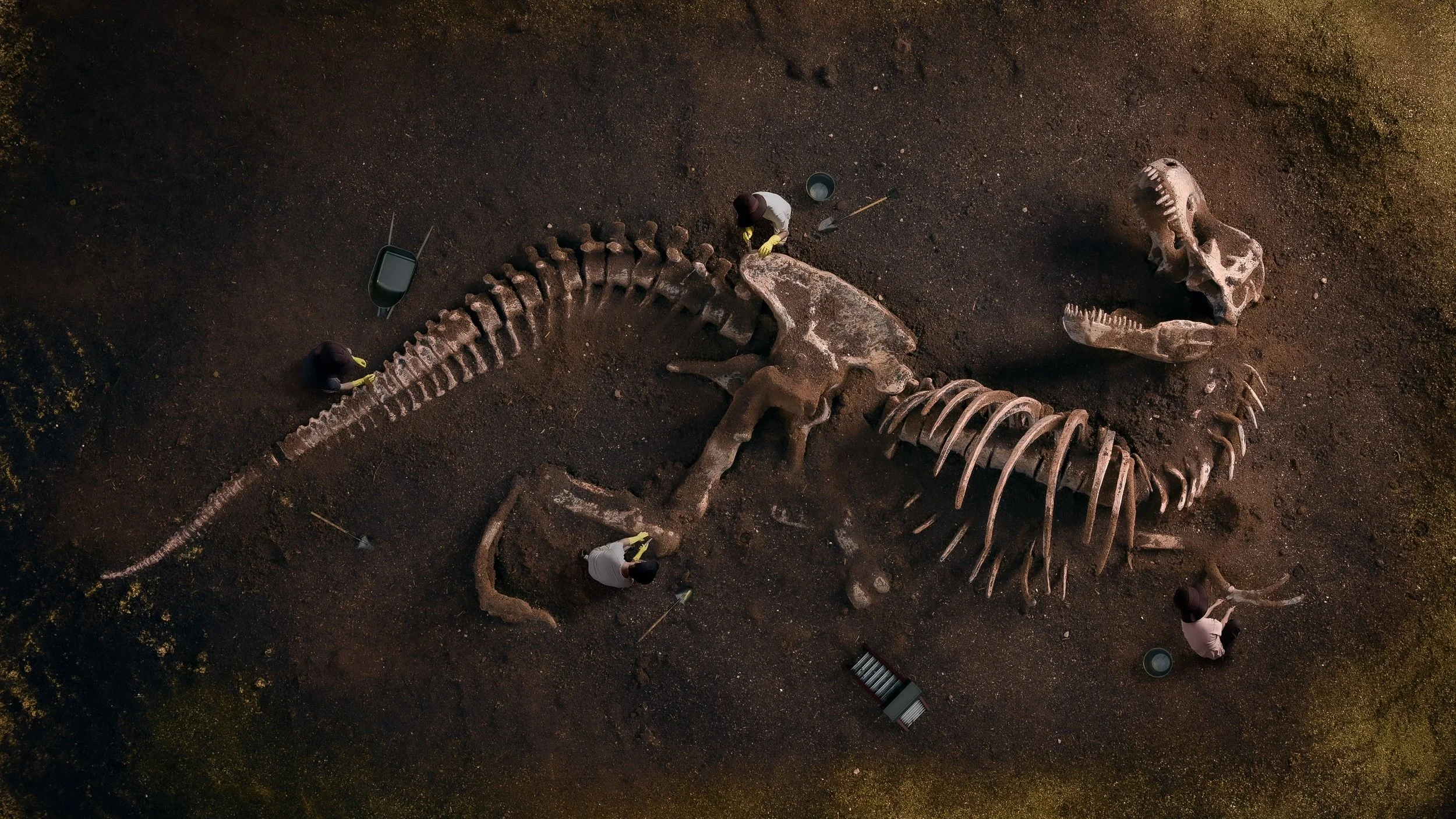Dinosaurs and the Bone Wars - A Scientific Gold Rush
In the world we live in, and with our seemingly unchecked access to information, popular conspiracies have become common knowledge. The Internet has revealed these conspiracies such as the fake moon landing, the JFK assassination conspiracy, and the September 11th, 2001 conspiracy. One of the less commonly known proposals, though, is that dinosaurs were never real.
In 1842, Sir Richard Owen classified the theorized giant reptiles as Dinosauria. No complete skeletons were reconstructed and displayed until 1854, and even then the reconstructions were very different than modern depictions of the prehistoric creatures.
Many who oppose the existence of dinosaurs claim that the frenzy to find hidden bones was a result of scientific theory, and the efforts to prove that theory true found something where nothing was actually to be found. In short, the bones never existed. Another tenet of anti-dinosaur conspiracists revolves around the question of why dinosaurs were only discovered in modern times by settlers and explorers. If the gigantic bones indeed existed for millions of years, why did aboriginal groups not find the bones? Why are the fossils and depictions of giant creatures not found in cave and rock art?
Interestingly, during the last few decades of the 1800s, two naturalists-turned-paleontologists—Edward Drinker Cope and Othniel Marsh—began a bitter, life-long dinosaur bone hunting rivalry. The two men sought to discover bones on their own, bought bones from local bone collectors, and even stole bones. In an attempt to diminish their rival’s accomplishments, the men slandered each other in public, as well as in scientific journals. All of this was done to lay personal claim to dinosaur discoveries.
To their credit, they did indeed discover dinosaur species. However, in the process Cope and Marsh bankrupted themselves in their insatiable efforts to out-discover the other man. It was claimed that 136 dinosaur species were discovered by the two men. In the end, however, only 32 were considered valid bones of some kind, while the rest were all said to be fake.
So, whether dinosaurs are a great conspiracy, or not, the early days of the “Great Dinosaur Rush” were marked by poor science and erroneous discoveries from certain members of the scientific community. In our day, we can witness these colossal bones firsthand in public quarries, such as Dinosaur National Park on the Utah/Colorado border of the United States, as well as in museums. For most of us, as we survey the distant landscape, it is not so hard to imagine enormous dinosaurs dotting the scene millions of years ago.

